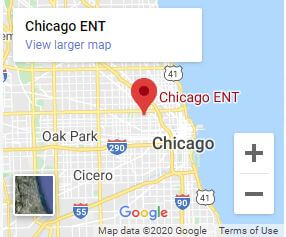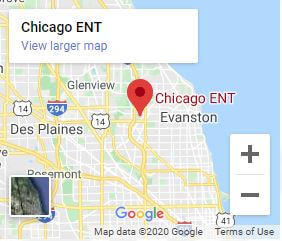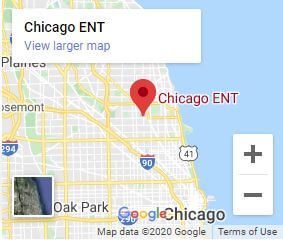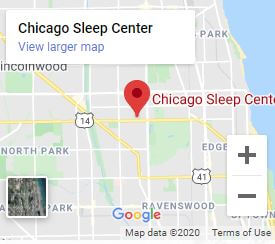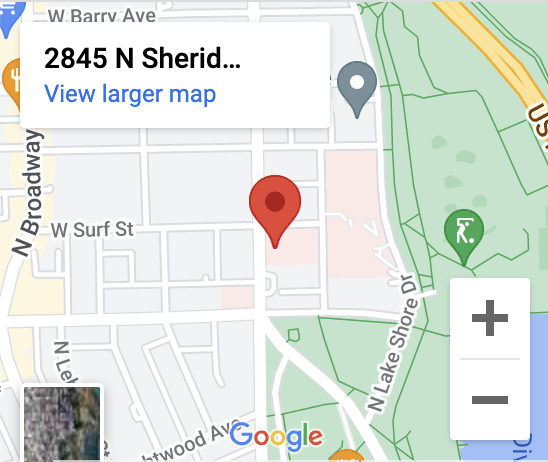The parathyroid glands are a small but mighty part of the endocrine system that are very important to your health. Typical people have four parathyroid glands, a pair on each side of the neck located behind the thyroid. The glands produce a substance called PTH, or parathyroid hormone. PTH is the most important regulator of blood calcium levels.
What is hyperparathyroidism?
Hyperparathyroidism occurs when one or more of your parathyroid glands become overly active and releases too much PTH. This creates a calcium imbalance that the body cannot correct on its own. This is the leading cause of hypercalcemia (excess of calcium in the blood), especially in women over 50 years old.
What are the symptoms of hyperparathyroidism?
Hypercalcemia makes it difficult for the body to carry out its normal functions. Extremely high levels of calcium can be life-threatening. Symptoms are widespread throughout the systems of the body.
Types of hyperparathyroidism
Hyperparathyroidism is classified into three distinct groups. Primary hyperparathyroidism is a relatively common disorder with widespread symptoms that affect every organ. Typical symptoms include fatigue, bone pain, gastrointestinal upset, memory loss and, in some cases, kidney stones. Treatment is a relatively simple surgical procedure that often takes only fifteen minutes.
Secondary hyperparathyroidism is also caused by an overactive parathyroid gland. This is a result of low calcium levels. Therefore, your parathyroid glands overwork to compensate for the loss of calcium. Secondary hyperparathyroidism is often the result of kidney failure but it is far less common than primary or even tertiary hyperparathyroidism.
Tertiary hyperparathyroidism occurs more than secondary hyperparathyroidism but it is also rare and is seen in patients with renal disease and post kidney transplant. Because it is a rare problem, guidelines for surgical treatment and prognosis have not been well repeated in the past.
Systematic review
In a scholarly and systematic review, Dr. Friedman and associates studied outcomes of hundreds of patients with tertiary hyperparathyroidism who underwent a parathyroidectomy (removal of the parathyroid gland). Control of symptoms and hypercalcemia cure rates were as high as 94% in many studies.
What are the implications of this study?
In primary hyperparathyroidism, typically one parathyroid gland is abnormal and the other three are normal. Surgery is a simple matter of removing the abnormal gland. In tertiary hyperparathyroidism, all four glands are abnormally enlarged. A surgical decision must be made as to how much parathyroid tissue to remove. Medical controversy surrounds this issue. In some cases, parathyroid tissue is removed from the neck and auto transplanted to the forearm to regulate calcium levels but allow easy surgical access if hypercalcemia recurs. The indication of surgery and the amount of gland removed was previously not established.
Hyperparathyroidism Symptoms
General
- Headaches
- Fatigue
Neurological
- Depression
- Memory loss
- Irritability
Kidneys
- Excessive thirst
- Excessive urination
- Kidney stones
Gastrointestinal
- Nausea
- Abdominal pain
- Decreased appetite
- Constipation
- Vomiting
Heart
- Abnormal heart rhythms
Muscles
- Twitches
- Cramps
- Weakness
Skeletal system
- Bone pain
- Osteoporosis
- Fractures from disease











